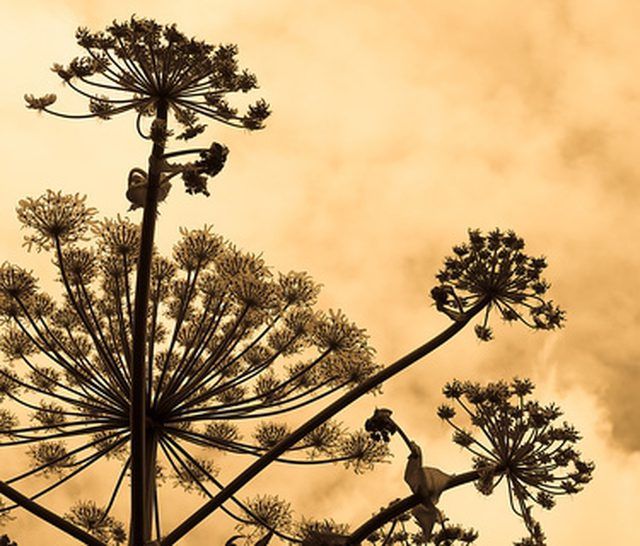Bulbs
Flower Basics
Flower Beds & Specialty Gardens
Flower Garden
Garden Furniture
Garden Gnomes
Garden Seeds
Garden Sheds
Garden Statues
Garden Tools & Supplies
Gardening Basics
Green & Organic
Groundcovers & Vines
Growing Annuals
Growing Basil
Growing Beans
Growing Berries
Growing Blueberries
Growing Cactus
Growing Corn
Growing Cotton
Growing Edibles
Growing Flowers
Growing Garlic
Growing Grapes
Growing Grass
Growing Herbs
Growing Jasmine
Growing Mint
Growing Mushrooms
Orchids
Growing Peanuts
Growing Perennials
Growing Plants
Growing Rosemary
Growing Roses
Growing Strawberries
Growing Sunflowers
Growing Thyme
Growing Tomatoes
Growing Tulips
Growing Vegetables
Herb Basics
Herb Garden
Indoor Growing
Landscaping Basics
Landscaping Patios
Landscaping Plants
Landscaping Shrubs
Landscaping Trees
Landscaping Walks & Pathways
Lawn Basics
Lawn Maintenance
Lawn Mowers
Lawn Ornaments
Lawn Planting
Lawn Tools
Outdoor Growing
Overall Landscape Planning
Pests, Weeds & Problems
Plant Basics
Rock Garden
Rose Garden
Shrubs
Soil
Specialty Gardens
Trees
Vegetable Garden
Yard Maintenance
Forever Plant Planting Instructions
Forever Plant Planting Instructions. The forever plant (Sedum purpureum), also known as the "live forever," is a showy evergreen plant of the Sedum genus, which is poisonous if ingested. This robust wildflower works well as a ground cover; the forever plant only grows to heights of 18 inches, with a 2-foot spread of coarse-toothed foliage. The...

The forever plant (Sedum purpureum), also known as the "live forever," is a showy evergreen plant of the Sedum genus, which is poisonous if ingested. This robust wildflower works well as a ground cover; the forever plant only grows to heights of 18 inches, with a 2-foot spread of coarse-toothed foliage. The plant produces clusters of pink or yellow blooms that rise above each terminal shoot. Forever plants thrive in USDA hardiness zones 5 through 9, preferring well-drained, sunny soil with a pH between 7.0 and 8.5.
Things You'll Need
Soil testing kit
Pitchfork
Lime or peat moss
Forever plant
Soaker hose
Mulch
Test the soil after choosing a planting location for the live forever plant. Soil pH test kits are available in nurseries or garden centers. If the results of the soil test do not meet the requirements of the forever plant, the soil will require amending.
Break up the soil using a pitchfork and add the necessary amendment. For a soil pH below 7.0, amend with lime. A soil pH above 8.5 will need peat moss. Add either the lime or the peat moss per label instructions.
Dig a hole for the forever plant that matches the depth of its root ball, and twice its width. Remove the live forever plant from its nursery container and place it in the center of the hole. Backfill and pat the soil down gently to remove air pockets.
Supply the forever plant with at least 1-inch of water per week for the first two weeks. Plants of the Sedum genus enjoy moist soil at a depth of 1-inch during this time. Once established, supplemental watering is only required during times of drought. A soaker hose will provide deep watering down to the roots of the plant better than a sprinkler.
Apply a 3 to 4-inch layer of mulch around the forever plant. Straw or bark chips should suffice. Mulching will help protect the roots during dormancy, help with water drainage, and also reduce weed growth around the plant.
Tips & Warnings
Forever plants also make great houseplants. They thrive in moist soil and require a bright windowsill.
Do not over water live forever plants. Standing water will cause root rot, which will eventually kill the plant.